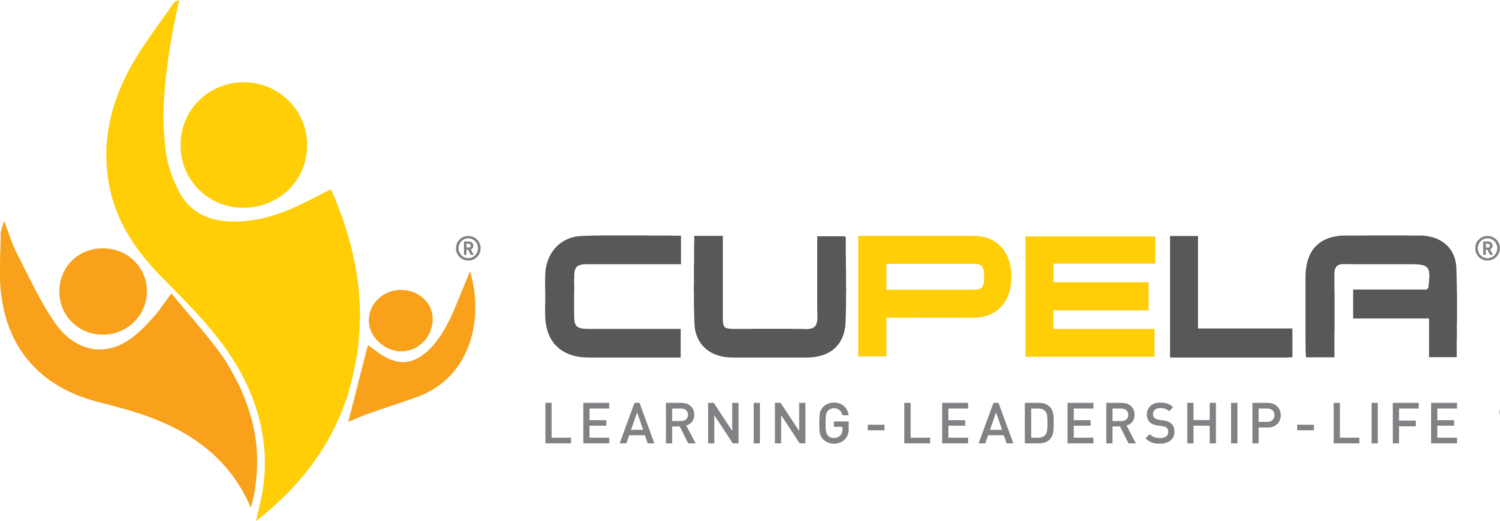Gaining a Broader Perspective
Our view of the world is influenced by many things. In a professional context, few things that affect it is our education, experiences, learnings, views of our peers and mentors, and our personal beliefs. As each one of these elements is unique to all of us, our worldviews are unique too. Our approach to life, career, and relationships is just as distinctive to us as our personalities. Our perspective is the way we see the world individually. Is it the same as reality? Maybe not. It is affected by our own experiences, the current state of mind etc. Your perspective may not be the same as another individual in the exact same situation. When we exchange perspectives, we find new ways to look at a particular situation or a problem.
Why?
The ability to accept and understand perspectives of another person is important to any leader. Accepting different perspectives helps us react to situations in an unbiased way. It not only reduces our ignorance, but it also ensures that we are always exposed to new ideas and creates space for innovation. While dealing with clients, being open and receptive to their way of thinking gives us the ability to understand their needs and problems better, making it easier for us to provide a solution.
Openness and Patience
One of the first steps towards being receptive to others’ perspectives is to be open and patient. If you are in a leadership position, this becomes slightly more difficult as your employees may feel intimidated to share contradictory views. Here is when patience, openness and willingness to listen comes into play. Creating a culture that encourages these traits is vital. Listening to others’ perspective to enhance decision-making abilities and strategize effectively is a long-term plan. As everyone has a different perspective on a situation, being able to express it freely without any fear will only help the company and its employees grow.
Inclusiveness
Be inclusive in your approach while sharing perspectives. There will be those with similar views, there will also be those who have the opposite views. Exchanging perspectives isn’t about right or wrong, it is about finding out a different way of evaluating a situation and devising an appropriate approach which can be an amalgamation of different perspectives. Each perspective will have a weakness and strength, be receptive to both without passing judgment.
Interaction
While understanding a different perspective requires us to listen intently, it is just as important to interact with each other. Listening, imagining, putting yourself in other's shoes, are key techniques, but also ask questions. Engaging in interactions with mutual respect and trust helps in collaborating better. It builds the element of trust and aids us when we are dealing with a view we do not agree with. Through interaction, you can communicate your receptiveness and respect while discussing contrasting opinions.
The Crucial Balance
In a professional environment, it is crucial to remember that exchanging perspective involves both subjectivity and objectivity. Connecting to someone else’s point of view requires subjectivity and emotion. Taking a decision after evaluating multiple perspectives requires objectivity and detachment. Strike a balance between the two to take informed decisions.
There is no perspective that is completely right or wrong. A perspective is an individualistic opinion based on life experiences, beliefs, and values amongst other things. These perspectives influence the way we react and behave in a situation. Finding common ground by the exchange of perspectives is the most effective way to find a mutually agreeable solution in any situation.

